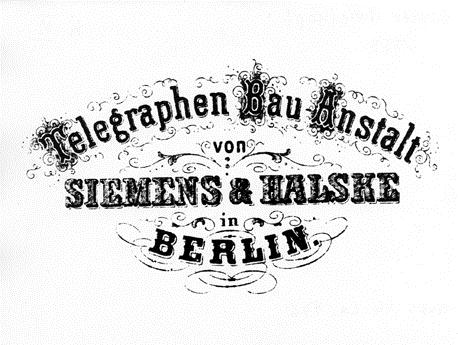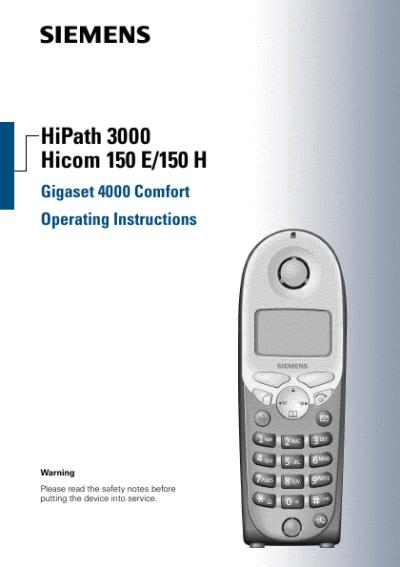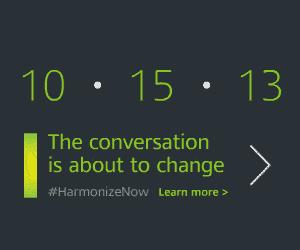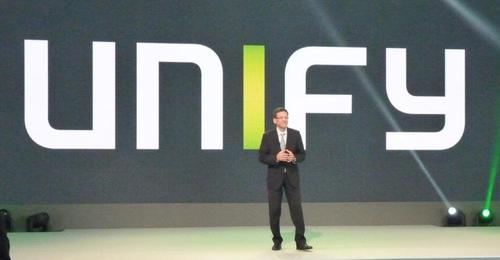Siemens Enterprise Communications Becomes Unify: A Different Story




On October 15, I was invited to the launch of Unify, the new name for Siemens Enterprise Communications. Giving up a heritage stretching back to the age of the telegraph is a courageous move at best. Like some of its peers with a strong history in communications, Siemens Enterprise Communications has been through a tough period recently. Like Nokia Handsets and BlackBerry, the company has had to reposition its business to regain lost ground. But this is where the comparison stops, for this move is a bold departure and is being put into practice differently:
- Unify is not an evolution; it's a new beginning. As the CEO Hamid Akhavan announced the new Unify brand, there was a mixture of emotions; it was both a sad departure from the powerful parent and liberation in the face of a new mission — harmonizing the enterprise. Mr. Akhavan presented the brand as young, hip, and customer-focused. A fresh, apple-green Unify logo completes the picture; it is differentiated, concise, and a good base upon which to build a lively brand in the years to come.
- Unify is responding to the age of the customer by motivating its own employees. The company invited analysts and the press to an event and a series of speeches that first and foremost addressed company employees. The main message to them was that they are all part of the young Unify with immediate effect. Martin Kinne, general manager for Central Europe, received his new corporate pass on stage, while all the other employees could exchange theirs for their Unify pass and welcome pack that evening. In the age of the customer, establishing employee buy-in is a vital first step, as your employees are your ambassadors.
- Unify is striving for market leadership, rather than merely catching up with its peers. Mr. Akhavan claimed that the firm's ambition is to achieve leadership by solving the industry problem of fragmented communications. Key to this is a platform that is not yet market-ready — the Project Ansible communications platform. Its capabilities include integration of voice, video, social media, and remote screen sharing as well as the ability to seamlessly move multichannel sessions from one terminal to another with a simple gesture. Unify plans to deliver Project Ansible as a software-as-a-service (SaaS) offering and is scheduling it for general availability in July 2014, in addition to its existing OpenScape portfolio.
The move was bold and well-thought-through, and it got the attention it deserved. It provides an excellent starting point for taking the lead in an open field. But bringing life to the logo and mission will be a long and bumpy road. Building a new brand in a changing enterprise communication sourcing landscape is a tough challenge. At a time when business leaders and end users are playing an increasing role in sourcing, the first question is who to address and how. How can you reach employees without the classic expense of building a consumer brand? Is the sales force geared up to act as consultants to the business side? Is service delivery geared up to support a dynamic, exciting customer experience? These are vital requirements if the brand is to live up to its promise. Unify has a realistic chance if it can switch these lights to (apple-) green, too.